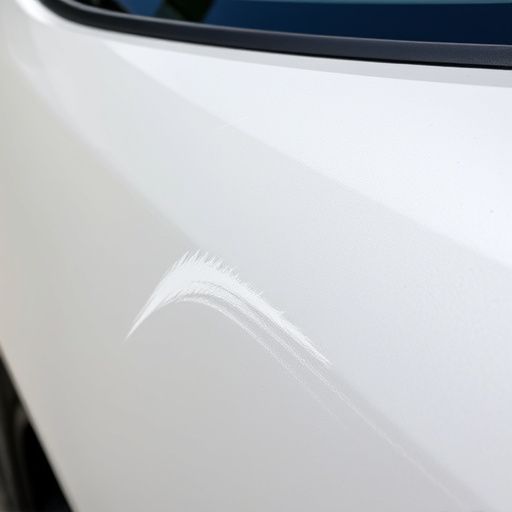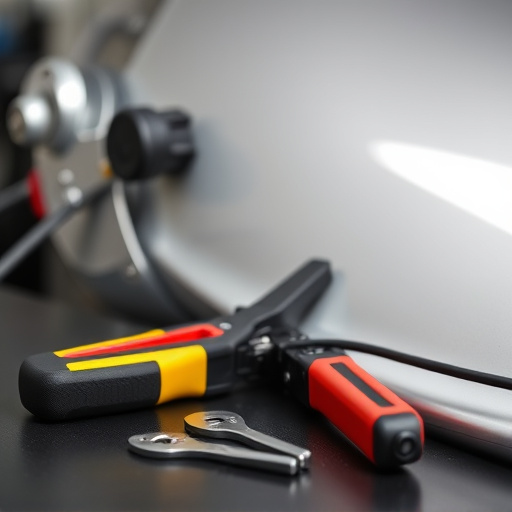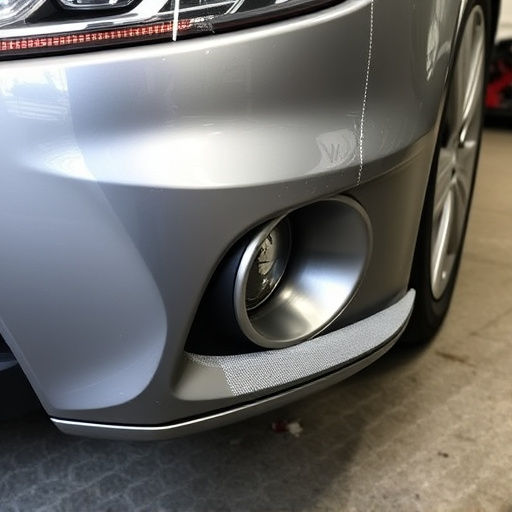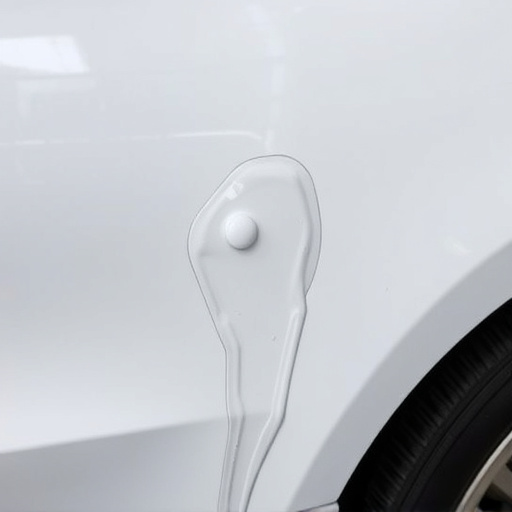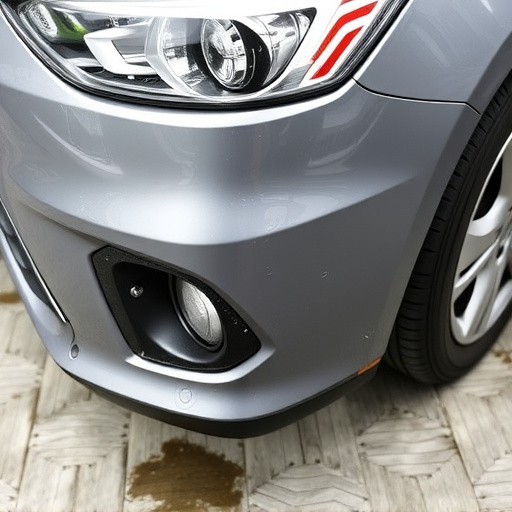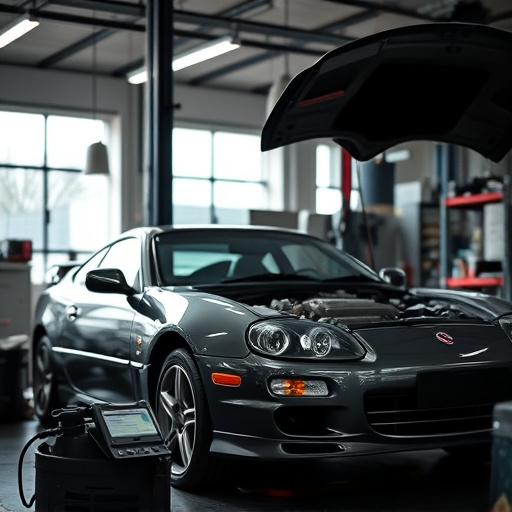Immediate attention to vehicle dents after collisions is crucial for safety and aesthetics. Skilled technicians use advanced technology to assess and repair dent damage, ensuring structural integrity and optimal car performance. Evaluating dent size, shape, and depth determines the repair approach, from DIY or minor professional interventions to complex panel replacements. Severe cases require consultation with specialists. Before traditional dent removal, consider paintless dent repair (PDR) for minor dents, preserving the vehicle's original finish and saving costs.
Knowing when to initiate the dent removal process is crucial for maintaining vehicle aesthetics. This article guides you through the essential steps to determine if immediate action is required. Firstly, recognize signs indicating an urgent need for dent removal, such as significant cosmetic damage or potential structural issues. Next, evaluate the scope and severity of the dent. Lastly, consider non-invasive alternatives before opting for more aggressive methods. Understanding these factors ensures the optimal dent removal process for your vehicle.
- Recognize Urgent Need for Dent Removal
- Evaluate Damage: Scope and Severity
- Consider Non-Invasive Alternatives First
Recognize Urgent Need for Dent Removal
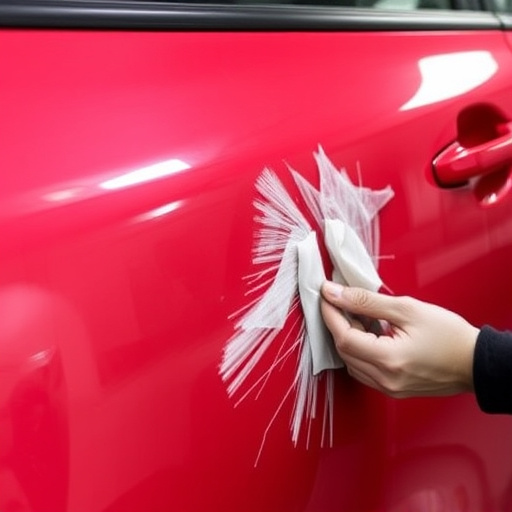
If you’ve been involved in a collision or experienced impact that has left your vehicle with visible dents, it’s crucial to recognize when immediate dent removal is necessary. While some dents might appear minor, they can lead to structural damage if left unaddressed. Prompt action ensures that any hidden harm is detected and rectified, preventing further complications down the line.
Collision damage repair, including the dent repair process, isn’t just about aesthetics. It’s a safety measure that can significantly impact your vehicle’s performance and longevity. A dent repair shop equipped with the latest technology and skilled technicians can quickly assess and remedy these issues, ensuring your car is not only looking its best but also functioning optimally after any collision damage.
Evaluate Damage: Scope and Severity
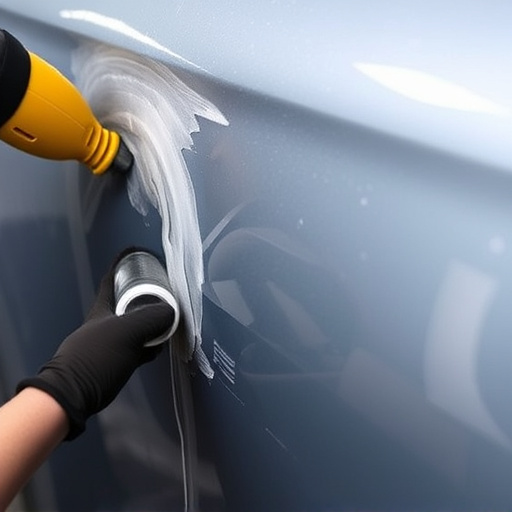
Before deciding whether to initiate the dent removal process, it’s crucial to evaluate the damage done to your vehicle. The scope and severity of the dents play a significant role in determining the course of action required for repair. Start by assessing the size, shape, and depth of each dent. Small, shallow dents can often be fixed with DIY methods or minor professional interventions using specialized tools and techniques. These might include on-site fleet repair services for commercial vehicle fleets or quick car dent repairs for personal cars.
However, larger or more complex dents that penetrate the metal’s surface may require more extensive procedures, such as panel replacement or advanced painting techniques to ensure a flawless finish. In cases of severe damage, involving multiple dents or significant structural integrity issues, it’s best to consult with experienced vehicle repair specialists who can accurately assess and recommend the most suitable dent removal process for your specific vehicle repair needs.
Consider Non-Invasive Alternatives First
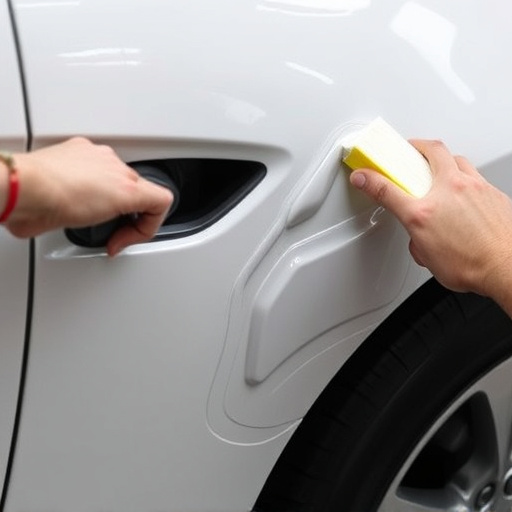
Before opting for the dent removal process, it’s wise to explore non-invasive alternatives that can often be more effective and cost-efficient. Techniques like paintless dent repair (PDR) have gained popularity due to their ability to fix minor dents and dings without painting or replacing large portions of the vehicle’s panel. This method is not only quicker but also preserves the original factory finish, making it ideal for those seeking a seamless repair.
Non-invasive methods are particularly suitable for shallow and surface-level dents. Auto body specialists use specialized tools to gently push the dent back into place, leaving little to no trace of damage. Considering these alternatives first can save time, money, and potentially avoid more intensive auto body repairs like traditional dent removal processes or even complete vehicle dent repair.
If you’ve identified a severe or urgent need for dent removal, it’s crucial to act promptly. Evaluate the damage thoroughly, considering both scope and severity. Before opting for the dent removal process, explore non-invasive alternatives to ensure the best outcome for your vehicle. Remember, timely action and informed decision-making are key to minimizing repairs and restoring your vehicle’s aesthetics.
